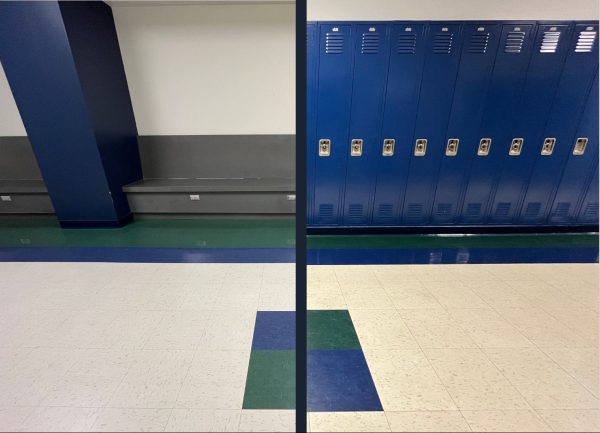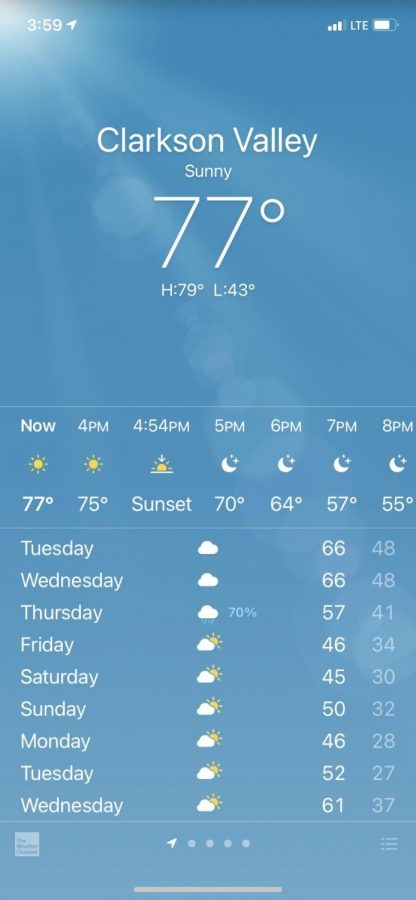Opinion: Daylight Savings Time Should Be in Place Year-Round
Media by Stephanie Lei (she/her)
From this week onwards, the change to Standard time means that sunset will begin an hour earlier. Sunset will become increasingly early until the winter solstice on Tuesday, Dec. 21.
Last Sunday, Nov. 7, the clock falls back one hour, signalling the end of Daylight Savings Time (DST). Now, we get an extra hour of sunlight in the morning and one hour less in the afternoon.
For many, including myself, switching the clock one hour forward or backward biannually seems to serve little purpose. It just causes general confusion and scheduling issues.
There was initially a reason behind this nuisance. In the late 1700s, Benjamin Franklin calculated that the city of Paris could save millions of pounds of candle wax every year if residents woke up early in the morning and went to bed early at night. The result of his speculation is what we know now as Daylight Saving Time.
But what Benjamin Franklin didn’t account for was innovation: the development of alternative energy forms and applications. Energy usage, since Franklin’s time, has increased dramatically because of air conditioning, electricity, TV and other devices. And to top it off, Paris, the city that inspired Franklin, rejected his idea.
Despite the time switch being enacted in 1928, DST has become the “standard” for Americans, with Daylight Savings time taking up nearly 9 months.
To end the unnecessary confusion and outdated principles, DST should be in place year long. Certain states with longer winter nights would gain an hour in the evening rather than morning.
“In the last four years, 19 states have enacted legislation or passed resolutions to provide for year-round daylight saving time, if Congress were to allow such a change, and in some cases, if surrounding states enact the same legislation,” Jim Reed of the National Conference of State Legislatures told USA TODAY.
Of the 19 states, three are located near Missouri: Arkansas, Louisiana and Kentucky. With their close proximity in terms of longitude, the amount of sunlight conserved is similar.
However, one issue stands in the way: a change in state DST would require changes to the federal law.
Already, states and territories like Arizona, Hawaii, Guam, American Samoa, Puerto Rico and the U.S. Virgin Islands have adopted a permanent standard time year round. If the issue preventing the U.S. from eliminating daylight savings time is uniformity amongst states, these regions have already broken it.
While the seemingly meaningless change from DST to Standard Time was a great financial plan in the 1700s, it no longer serves the optimizing purpose once promised.
Your donation will support the student journalists of Marquette High School. Your contribution will allow us to purchase equipment and cover our annual website hosting costs. You may become a PATRON by making a donation at one of these levels: White/$30, Green/$50, Blue/$100. Patron names will be published in the print newsmagazine, on the website and once per quarter on our social media accounts.











